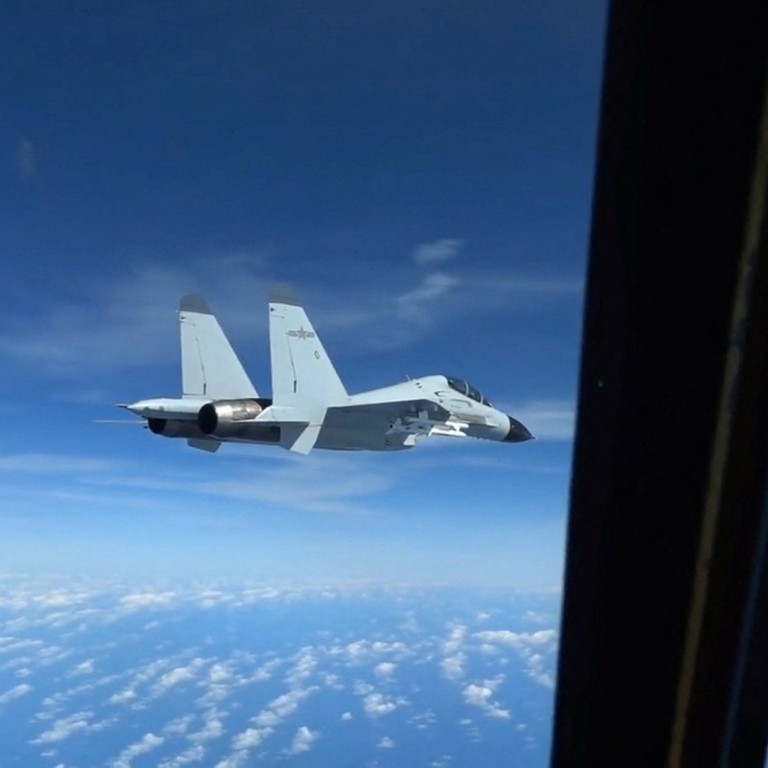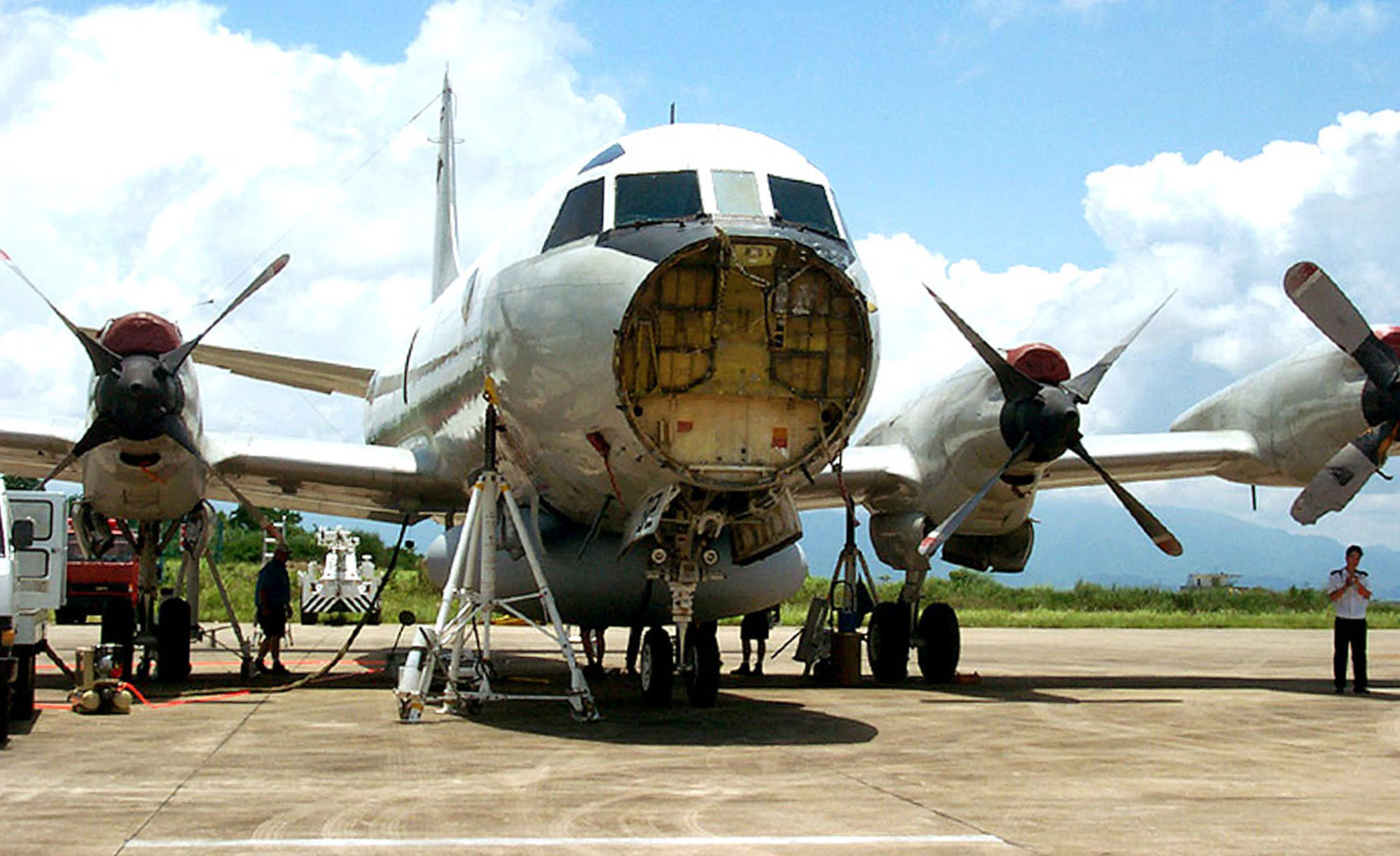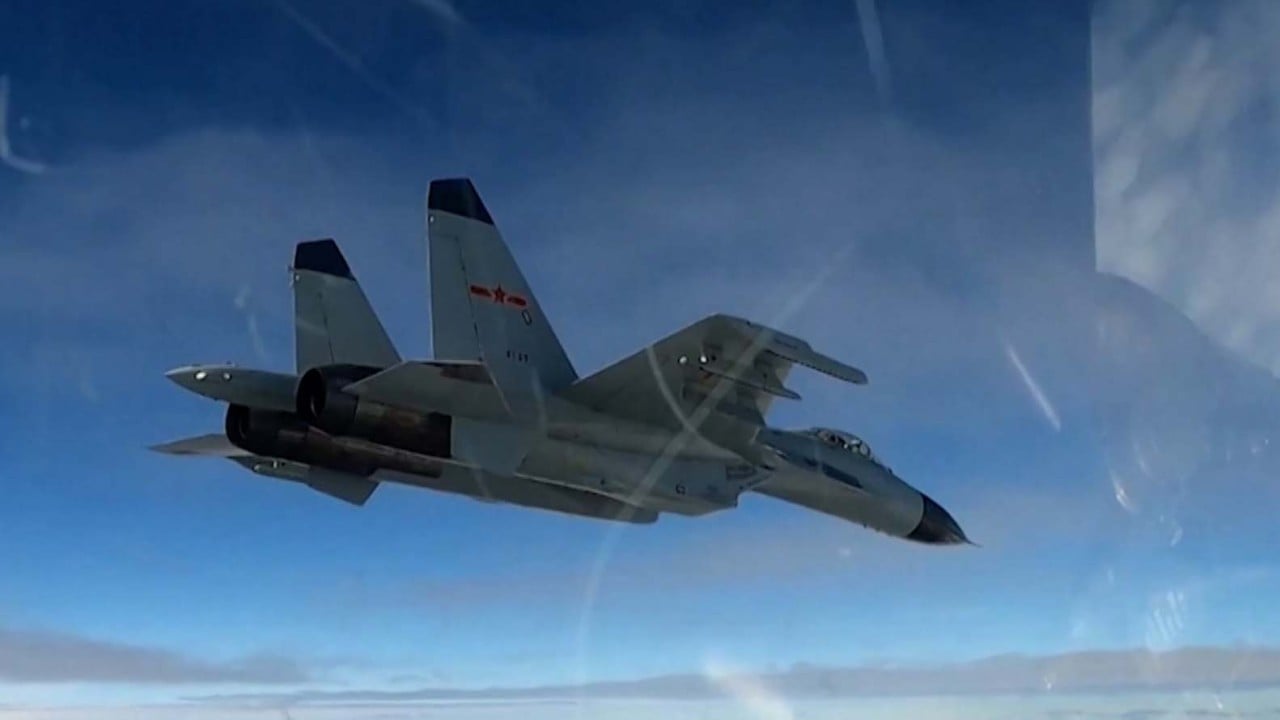
Would a Cold War-style agreement help prevent China-US tensions from escalating?
- A former PLA senior colonel suggestd US-Soviet agreement could provide model
- But a former US defence official says level of tensions undermines historical comparison
China and the US should establish a mechanism similar to the agreement reached between Washington and Moscow during the Cold War to prevent the escalation of tensions, a retired People’s Liberation Army officer said last week.
But his suggestion prompted a sceptical response from a former US Defence Department official who managed military-to-military relations between China and the United States.
“For those watching the war in Ukraine and worrying that a similar conflict might occur in the Taiwan Strait, my response is simple: it’s the South China Sea, stupid,” Zhou, now a senior fellow at the Centre for International Security and Strategy at Tsinghua University, wrote.
Speaking to the Post, Zhou said the Chinese and US navies had conducted at least three joint exercises after they resumed talks in 1998, with the first taking place in the South China Sea in 2006. He suggested Beijing and Washington organise joint air force drills.
“Joint operations between the two countries’ air forces would ensure both sides’ good airmanship in air-to-air encounters, which will definitely reduce the risk of crash or conflict,” he said.
Expect more close calls, high tension in South China Sea in 2023
“For over two decades, bilateral talks on risk reduction between the two militaries have been just tit-for-tat, focusing on safety versus security,” he wrote in the opinion piece, suggesting both sides come up with an agreement similar to the 1972 US-Soviet Incidents at Sea Agreement to reduce tensions.
That agreement was seen as a vital de-escalation move by the US and the former Soviet Union in the Cold War.
Stephen Burgess, a professor in the department of international security studies at the US Air War College, said a multilateral code of conduct could be useful to help reduce the ongoing tensions, and the Incidents at Sea Agreement had also played a role in the detente among the navies in the Baltic, Black and Mediterranean seas during the Cold War.

“Any Sino-US naval or air agreement would require an improvement in relations and restraint over Taiwan and the South China Sea,” he said. “A multilateral code of conduct would also help. The Cold War was more dangerous than the great power competition from 1946 to 1971 and 1978 to 1985. The detente period was less dangerous.”
But Drew Thompson, a visiting senior research fellow at the National University of Singapore’s Lee Kuan Yew School of Public Policy, questioned whether the model provided by the Incidents at Sea Agreement could offer a solution to the ongoing tensions between Beijing and Washington.
He said the US and Soviet Union began negotiating the Incidents at Sea Agreement after the 1962 Cuban missile crisis, when they came to the brink of war.
PLA strike group holds live-fire drills after US ships enter South China Sea
“The US and China are not in a state of cold war, and Chinese officials regularly denounce ‘cold war thinking’, so it is not a good historical comparison,” he said.
Thompson, who managed military-to-military relations when he served as director for China, Taiwan and Mongolia in the office of the US Secretary of Defence from 2011 to 2018, was also sceptical that the PLA Air Force would be willing or interested in staging joint air drills as the Chinese military might see the exercises as “accepting the presence of US surveillance flights”.
He said that if PLA pilots did not fly professionally, it was “a huge risk”, and no confidence building measures or memorandums of understanding would prevent an incident.
To enhance political trust, Zhou suggested both sides allow each other’s ships to undertake reciprocal missions in their waters, meaning the PLA could follow its US counterpart and stage surveillance and reconnaissance operations in American waters, while China also needed to amend its maritime law to allow foreign vessels’ innocent passage in its territorial waters.
Thompson said the resumption of regular engagement between the two militaries in sea and air talks would be the most pragmatic solution since that would help prevent misunderstandings and misjudgments.
“The two sides can use the Military Maritime Consultative Agreement mechanism, and other policy dialogues, which have been suspended by the Chinese side, to explore new mechanisms that will hopefully not be held hostage to political differences,” he added.



